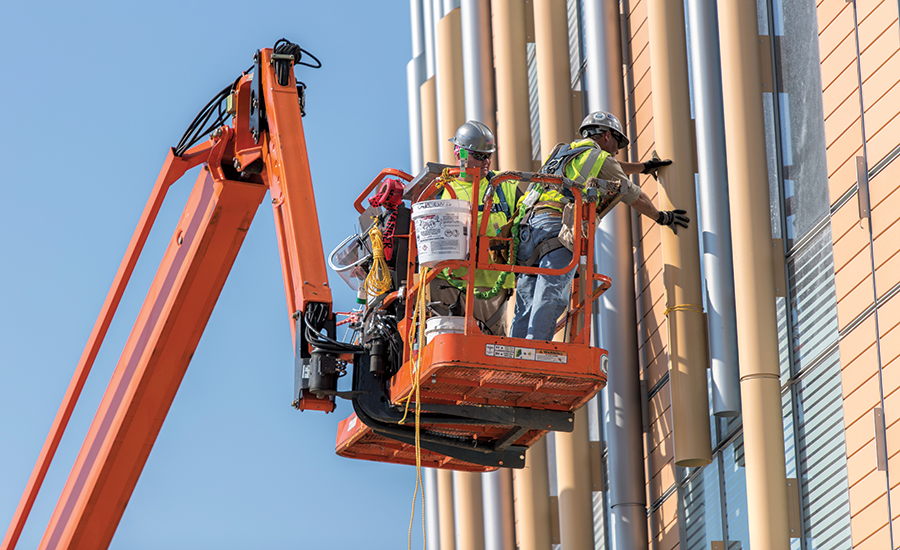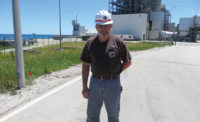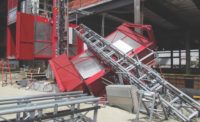Vince Gurneau calls himself a “working foreman.” With 28 years of experience as a union ironworker, Gurneau has progressed up the chain of command at curtain wall contractor Harmon, but he insists on staying in the field and getting his hands dirty every day. “I strap on my harness and get in there with the rest of the guys,” he says. “I show them, ‘this is what we’ve got to do, this is how we’re doing it and this is what we learned from how we did it before.’”
His love of the craft has kept the 51-year-old Alexandria, Va., resident passionate about construction work, even during the lean times. A career member of Ironworkers Local 5 out of metro Washington, D.C., Gurneau looks back fondly on past jobs, including stints at the White House, the Library of Congress, the World Bank and several Smithsonian buildings.
But as he eyes the final years of his career, he says that increasingly aggressive schedules and administrative requirements on today’s construction jobs are taking their toll. “If anything would make me stop working, it’s because I’m so tired of schedules and paperwork,” he says. “I became an ironworker to build something. I want to build it with pride. I want someone to walk by a building I worked on and say, ‘That looks awesome.’ And I’d like to stand behind them and be able to say, ‘Yeah, it does look awesome.’”

“I became an ironworker to build something, and I want to build it with pride.”
–Vince Gurneau (51), Ironworker
Local 5,
Alexandria, Va.
Gurneau fears the impact that current schedule pressures could have on quality. “I don’t care what anyone says, we might need to hurry up, but we also need to do it right,” he says. “When I started, the attitude was that when we build it, we want to build it once. You touch it once, you’re making money. You touch it twice, you’re breaking even. You touch it three times, you’re gone.”
A staunch union member, Gurneau recalls the impact that the influx of open-shop workers in the District of Columbia had on his opportunities in the 1990s. On his current job in Philadelphia, which is still a strong union town, he tells his union brothers what he sees on the horizon. “It’s very union up here, but these boys don’t know what’s coming,” he says. “It’s the guys who are willing to do the job for half the price and they don’t care if they get it done right or not. That’s what is eating me up because they are fast-paced—they’ll throw it up and say, ‘I’ll fix it later.’”
A native of Duluth, Minn., Gurneau comes from a family who banked on the safety net promised by pensions. At 55, he hopes to retire fully-vested with his union pension, but painful lessons learned during the recession weigh on him. One of his annuities lost nearly all its value during the downturn and just recently returned to the level it was at in 2007. “The financial world worries the hell out of me because it’s messed up and there isn’t a damn thing I can do about it,” he says. “It would have a huge effect on me if funds dry up again.”
Regardless, Garneau isn’t ready to hang it up entirely. Even though he plans to walk away from the field at 55, he expects to continue working, possibly in a shop that builds panels for curtain wall systems. “I will not be able to put my tools away,” he says. “I have to do something, but it doesn’t have to be this, especially with these schedules.”
|
Back to Craft Workers Open Up About Their Careers |




Post a comment to this article
Report Abusive Comment